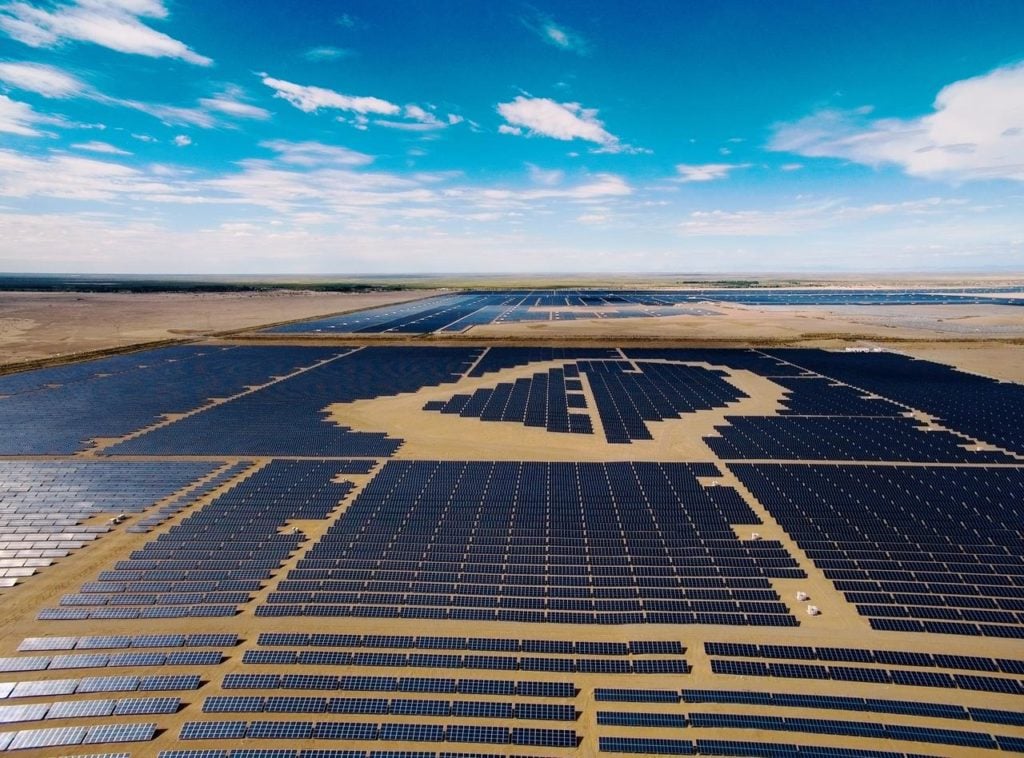
Supply chain woes, spiralling energy prices and the COVID-19 pandemic have reversed the downward trend in average business interruption (BI) claims for renewables developers, with solar nearly doubling its average downtime days, while the renewable sector-wide average rises by 38% on 2016 levels.
That is among the findings of energy insurer group GCube’s latest market insights report, Supply Another Day: Gauging the insurance impacts of renewable energy’s supply chain challenge, that also showed there was a 10% increase in downtime this year compared with 2019 levels.
Try Premium for just $1
- Full premium access for the first month at only $1
- Converts to an annual rate after 30 days unless cancelled
- Cancel anytime during the trial period
Premium Benefits
- Expert industry analysis and interviews
- Digital access to PV Tech Power journal
- Exclusive event discounts
Or get the full Premium subscription right away
Or continue reading this article for free
The report explores the impacts of global supply chain disruption and rising inflation on renewable energy developers, manufacturers and insurers amid “a climate of unprecedented demand for clean energy”.
Unfortunately, solar has fared particularly badly, with a 95% increase in average downtime days, much more than the renewable average. An unevenly distributed supply chain concentrated in China and Southeast Asia has been rocked by recurring lockdowns and underscores the importance of supply chain diversification, the report said.
GCube said the lack of funded development leaves the supply chain unable to scale up its resources and its personnel to accommodate the growing demands of the sector.
“This is a particular challenge for contractors, who face pressures to stretch resources and drive down their rates to capture emerging opportunities,” said GCube as it predicted an increase in contractor quality claims over the coming months as original equipment manufacturers (OEMs) “struggle to accommodate the strain on their resources and rates.”
The insurer said the situation had “exposed the weaknesses of the solar industry’s total reliance on Southeast Asia and sends a clear message on the importance of diverse supply opportunities.”
“Without an industry-wide effort to diversify the solar supply chain, procurement delays and cost inflation are set to increase,” it continued.
The report described how “public and private sector investment has struggled to support growth within supply chains”, which it said holds back both the creation of new infrastructure and the development of key skills and expertise.
It recommends, “cooperation, precise evaluation of insured values and targeted investment in skills and supply chain diversification, in the bid to improve resilience for the global renewable sector.”
“Ensuring that Total Insured Values are reported as accurately as possible is critical to enabling appropriate cover for components and downtime, and protecting revenue streams – while a realistic approach to competitive contractor rates can offer both security for themselves and flexibility for the contractor in buffering against quality failure,” said Fraser McLachlan, GCube’s CEO, adding that he expects disruption to become more concentrated in a few key areas.






